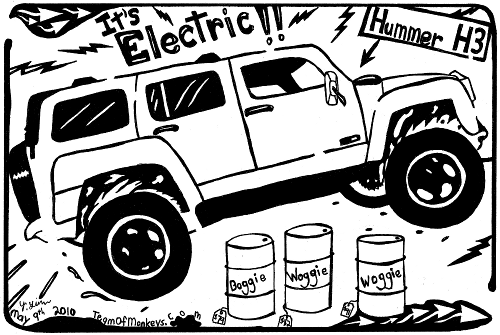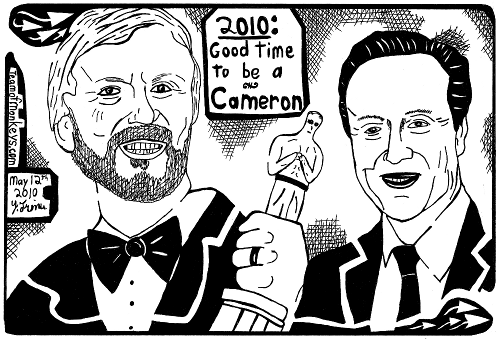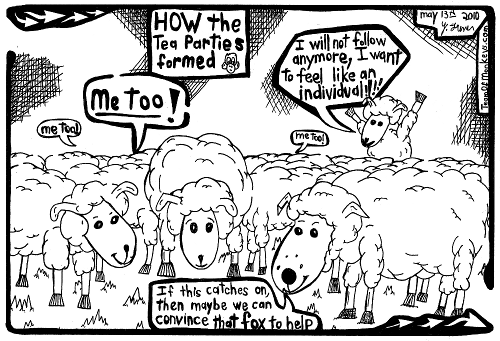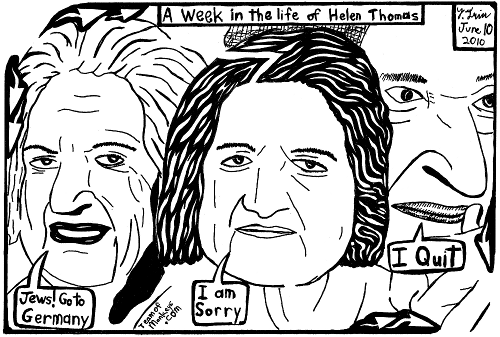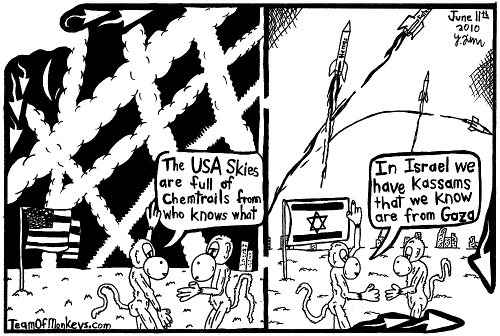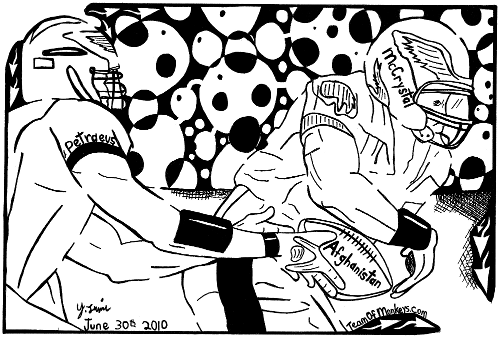Editorial Maze Cartoons
Yonatan Frimer's Political Maze Series.Maze cartoon of a
maze of the stimulus funds application process.

Maze cartoon of a maze representing the stimulus fund application process maze. The monkey character says, "Why is this just not working?!
By Yonatan Frimer
Click here for a printable, hi-res file of the maze of a maze
Click here for the maze of a maze maze solution
Next Maze >>
More on the topic of this maze cartoon:
The Stimulus Plan That Didn’t StimulateWhile they’re not officially over, and probably won’t be for several more months, the federal stimulus programs launched over the past 18 months or so are certainly fading away.
And while it will likely take economists and university researchers years to try to tabulate the relative good of the sum of these programs, which totaled close to $1 trillion, a long look out an office window in Springfield, Holyoke, or Northampton would likely yield a ‘not much’ as an answer to the question ‘what did the stimulus do here?’
Yes, there have been some road and other infrastructure projects in several area communities that created temporary construction opportunities and will, we hope, make traveling safer and easier here in the Pioneer Valley. Meanwhile, there were some stimulus initiatives, such as the federal homebuyers tax credit and the famous (or infamous) Cash for Clunkers program that produced spikes in consumer activity that, if one wants to be generous, probably kept things from getting any worse than they ultimately became.
But a quick look at the business page, which, at press time, was telling of a precipitous slide on Wall Street, single-family home sales in July that were down 25% from a year ago, sluggish back-to-school sales, national unemployment hovering just below that crisis level of 10%, and economists predicting slow — make that painfully slow — growth for the national economy, reveals that things are still quite bad.
So a stimulus plan that was designed to put Americans back to work and create momentum that would put the worst downturn since the Great Depression in the rear-view mirror did neither. Which leads us to the question: What now?
Another stimulus package? Not with the way the national debt is spiraling. At the very least, we can’t have another package like the one we just had, which produced only temporary and sporadic relief. If there is to be more public-sector effort with regard to stimulating the economy, it needs to be undertaken with the goal of providing direct support to businesses in the form of tax breaks and other incentives that will drive growth and, eventually, real job creation.
But for now, the inherent failure of the stimulus packages to create real momentum leaves the region and the nation to come to grips with the fact that if and when there is to be significant and lasting recovery, it will likely have to come from the private sector. And this is the attitude that should have been taken all along.
Indeed, the stimulus packages, while outwardly necessary in most economists’ minds, couldn’t have produced the kinds of results that many were expecting.
But how can a private sector still devoid of critically needed confidence spur a recovery? That’s the $64,000 question. Until companies feel confident enough to hire people, expand their facilities, and embark on new endeavors, the economy is not going to expand.
This region must continue to seek out and fully exploit new avenues of growth — some already in early-stage development — from the high performance computing center in Holyoke to efforts to stimulate the precision manufacturing sector, to efforts to grow green energy businesses, and create its own momentum.
It won’t be easy, and it might take some time to do this, but if the $800 billion stimulus plan has taught us anything, it’s that there are no quick fixes to what currently ails our economy.
Real, and long-lasting, recovery, is going to have to come the old-fashioned way.
Next Maze >>
Safed, Israel















